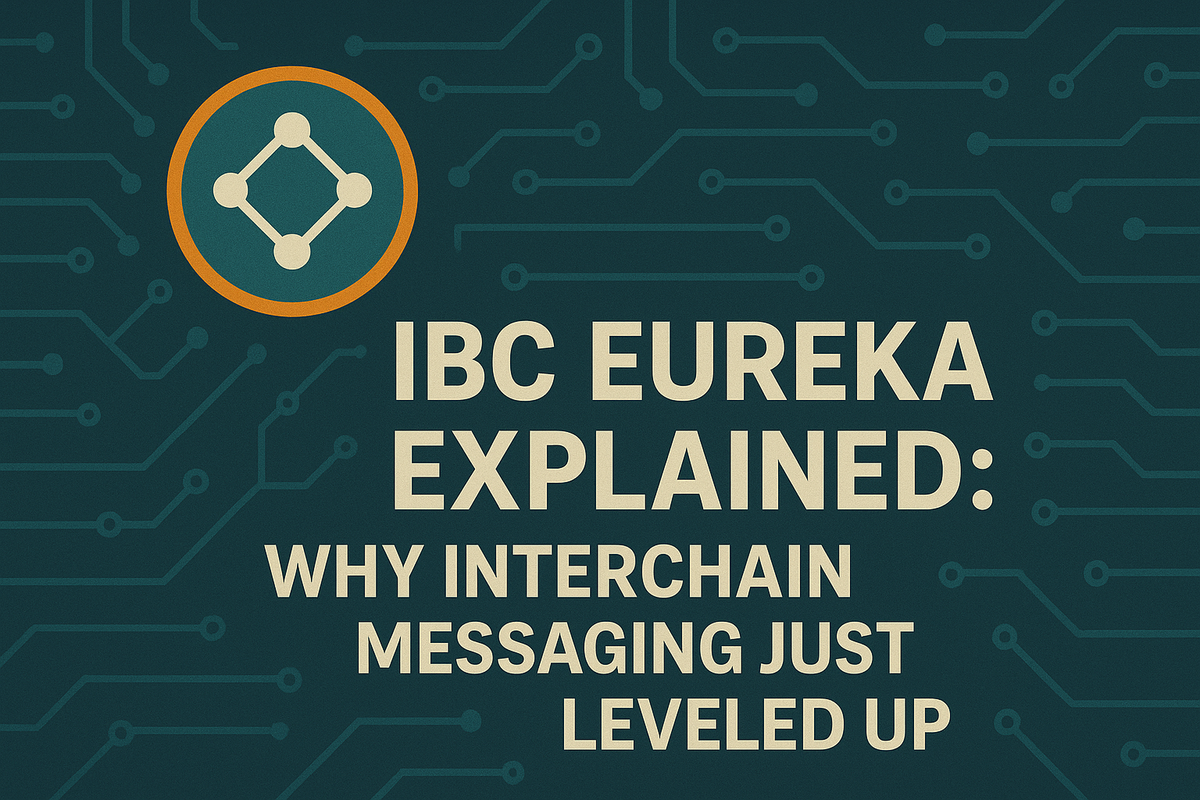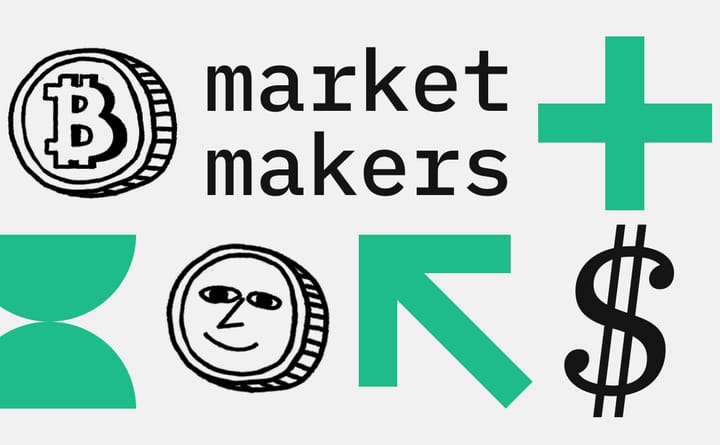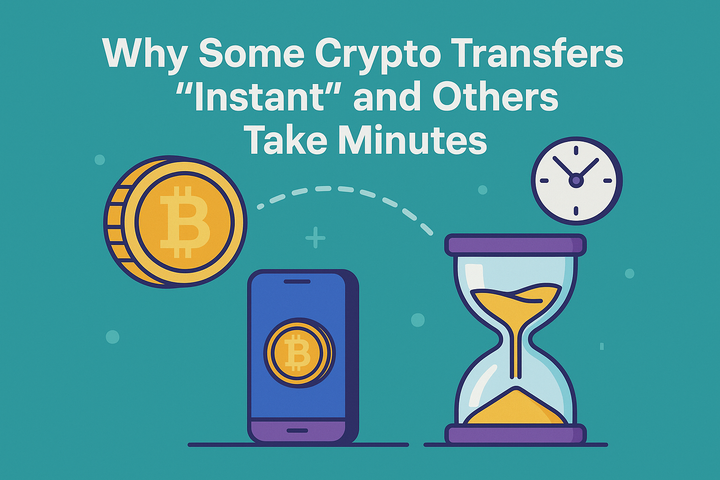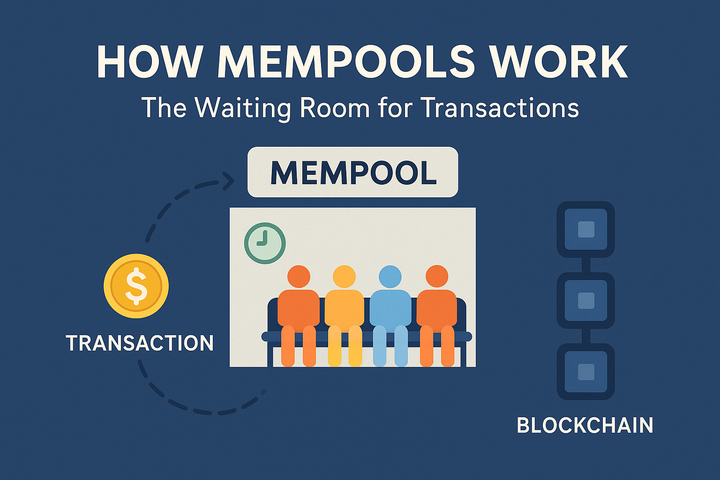IBC Eureka Explained: Why Interchain Messaging Just Leveled Up

Introduction
Imagine sending a message from one blockchain to another — instantly, securely, and without needing a bridge. That’s the vision behind IBC (Inter-Blockchain Communication), and with IBC Eureka, it just got a major upgrade.
But why does this matter to builders in ecosystems like Mitosis?
And how could Eureka’s improvements shape the future of cross-rollup and modular blockchain communication?
Let’s break it down — and show how this new development could directly benefit modular projects, using real examples.
What Is IBC Eureka and Why Is It a Big Deal?
IBC was originally developed in the Cosmos ecosystem to allow independent chains to talk to each other. It works, but it has limitations:
➩ High latency due to block confirmations
➩ Complexity in setting up relayers
➩ Limited adoption beyond Cosmos
IBC Eureka, proposed by Informal Systems, introduces “light client proxying” and streamlined relaying. This makes messaging between chains: ➩ Faster: Near-instant finality with less overhead ➩ Simpler: Fewer components needed to maintain ➩ More scalable: Opens the door for non-Cosmos chains to adopt IBC
Eample: Osmosis vs. Axelar vs. Eureka Let’s compare: Osmosis + IBC: Uses classic IBC, works well but can be slow for user-facing apps. Axelar: Offers general messaging between EVMs but relies on multisig validators. IBC Eureka: Offers trust-minimized, faster messaging without multisigs — ideal for apps that need rapid communication between chains.
For Mitosis, a modular chain that could deploy multiple rollups, Eureka means native messaging between those rollups — without reinventing the wheel or introducing bridge risks.
Why Eureka Matters for Modular Ecosystems Like Mitosis
Modular blockchains separate execution, consensus, and data availability. That’s great for flexibility — but tough for cross-chain communication. Here’s where IBC Eureka fits in: ➫ Rollup-to-rollup messaging: Mitosis could use Eureka to let apps on one rollup talk to another without bridges. ➫ Shared liquidity & state: DeFi protocols could sync across rollups (think: Osmosis-style liquidity routing, but on Mitosis). ➫ Composability across modules: Imagine a DAO on one Mitosis rollup triggering actions on another — instantly, securely.
Example: A lending app on Rollup A could liquidate a position based on an oracle feed from Rollup B — powered by IBC Eureka messaging
What Builders Should Watch For
IBC Eureka is still rolling out, but here’s how to stay ahead: ⪼ Explore teams like Neutron or Composable Finance, who are implementing advanced IBC features. ⪼ Follow Hyperlane and LayerZero, and compare their architectures with IBC Eureka. ⪼ Get involved in IBC standardization discussions — these protocols might soon power Mitosis messaging. For Mitosis contributors: this is a chance to build native interoperability between rollups and L2s from day one — something older chains are scrambling to retrofit.
Conclusion
IBC Eureka isn’t just a Cosmos upgrade — it’s a breakthrough in how blockchains communicate. For Mitosis and the modular world, it unlocks true inter-rollup composability, faster execution, and safer user experiences. Key takeaway: As bridges fade into the background, native messaging becomes the future — and Mitosis is in a prime spot to build that future using IBC Eureka.



Comments ()